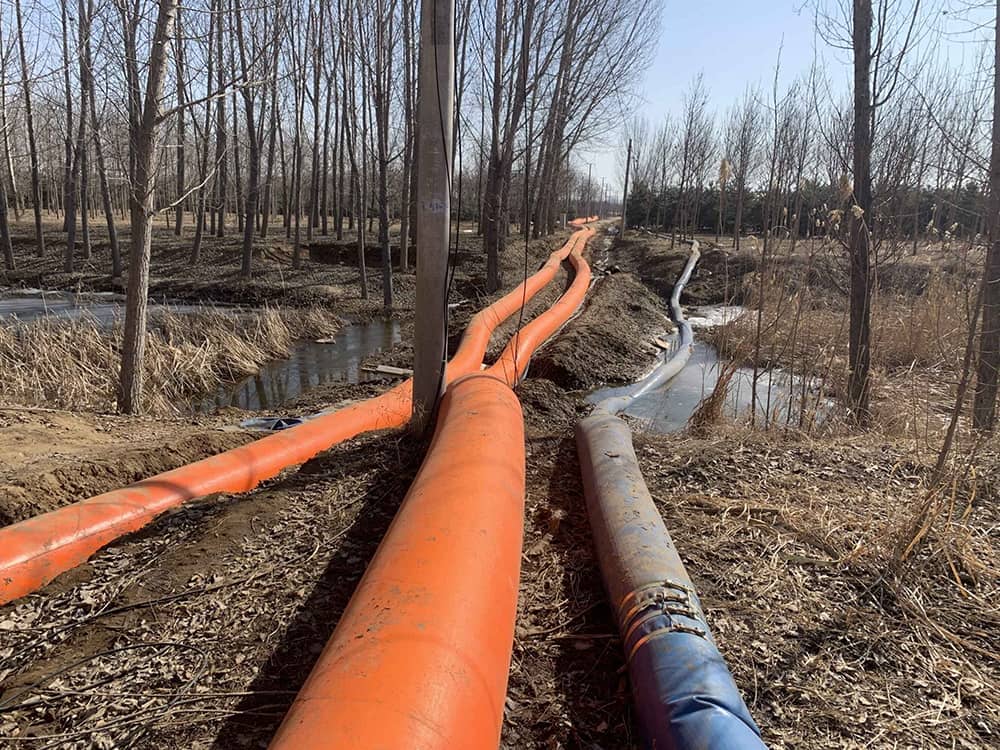Lay flat hoses are among the most commonly used materials in our daily lives. They find extensive use on farms, in factories, construction sites, and numerous other settings. However, to maximize their lifespan, it’s crucial to use them correctly.
How to Use Lay Flat Hoses Properly
Internal pressure and temperature can affect a lay flat hose. So, start by cutting the hose to the needed length before use. When filling it with water, open the valve slowly. This precautionary step prevents damage to the hose, as sudden high pressure can cause it to burst.

During operation, select the right lay flat hose according to your specific usage and conditions. If you’re transporting powders or granules, increase the bending radius as much as possible. A small bend radius will lead to wear from the materials, which can eventually break the hose.
When attaching the hose to a metal joint, avoid using it while bent. For PVC layflat water hoses, ensure the thickness is at least 1.5mm and the pressure rating is 0.6mpa or higher. Additionally, check that the surface is smooth and even.
How to Choose a High-Quality Lay Flat Hose
The quality of the raw materials directly impacts the hose’s wear resistance and longevity. In spring, with significant day-night temperature differences, it’s essential to verify that the water hose has antifreeze properties and can function well in cold weather. Typically, hoses should be soft and flexible. If a hose feels hard, it’s likely a defective product. Continuing to use such a hose increases the risk of it bursting.






